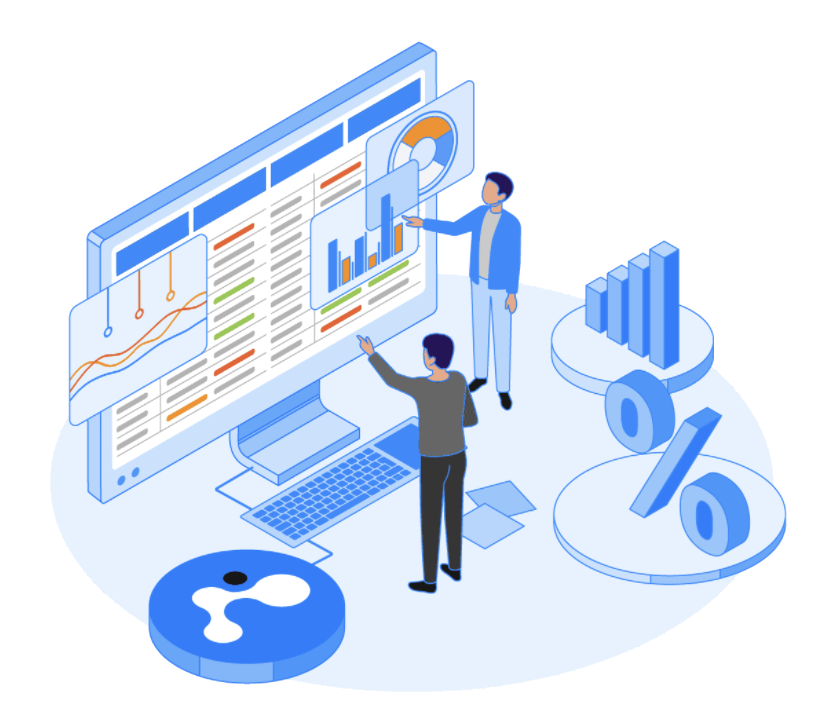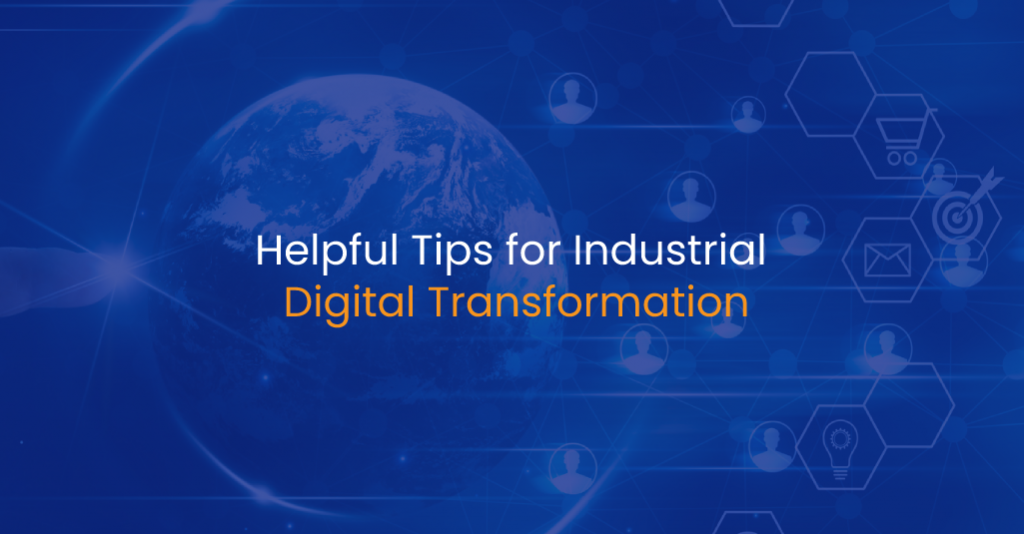When we speak with our clients, they are preoccupied with digital transformation: “How should I begin?” “Where should I begin?” “How can I financially support this transformation?” They’re all aware of the necessity to totally digitize their business. Pilot projects have been implemented by several. Despite this, their digital initiatives have yet to gain momentum. In their attempts, they are missing several crucial fundamentals.
Here are some tips on how industrial businesses might better shift into high gear:
1. Take A Business-Oriented Approach to Digital Transformation.
In every change, the demands of the customer should be prioritized. Customers may be experiencing major friction points in equipment sales, parts, service, or elsewhere, and companies should start by identifying these areas. Companies can enhance the customer experience while also increasing revenue and profitability by addressing and monetizing these friction spots. Begin working on solutions that aren’t “moon shots”! You don’t have to think about the full client experience while solving.

2. Overcome Organisational Obstacles
The breaking of functional silos is enabled by a focus on customer concerns. To exchange information and solve for a superior client experience, it usually needs various functions—Marketing, Sales, and Service. This is when digital platforms, which allow data to be exchanged, will make it possible for Marketing, Sales, and Service to collaborate.
3. Develop Your Ecosystem of Partners

Better ties between original equipment manufacturers (OEMs) and their industrial ecosystem partners, such as dealers, are another benefit of collaboration. According to recent research of high-tech and software partners, 89% of them are seeking new sources of growth and operational efficiency. In our industry partner reviews, we’ve heard the same feeling — partners want to expand, so how can OEMs assist with lead generation, optimize sales processes, and offer more appealing service contracts? Where can OEMs put digital tools and skills to work in these processes to provide value? What is the most cost-effective method? When OEMs and dealers work together, they can ensure that the consumer receives the best possible service without the need for the dealer to be carrying as much cost.
This may necessitate a reassessment of the OEM-partner relationship to determine what each party excels at—for example, the dealer’s product fulfillment and service—versus what the OEMs excel at, such as optimizing lead generation to feed dealers the highest-margin deals, or implementing an e-commerce platform focused on an untapped used parts market. The goal is to concentrate on where each individual can add value to the partner ecosystem at the lowest possible cost. One European automaker is taking an unusual step with its dealers by appointing showroom salespeople as OEM representatives.
Need exceptional IT solutions for your business? Talk with our experts and get the best suitable solutions now!
4. Implement an Agile Approach When It Comes to Digital Transformation.
The key to experimenting with digital transformation is agility. Taking an agile strategy will necessitate cultivating a corporate culture that encourages experimentation and allows for the growth of creative ideas. Using minimal viable products to evaluate solutions before expanding allows for faster learning while lowering risk.
5. What Is the Best Way to Fund Digital Transformation?
Funding digital transformation is a difficult task that should be tackled one step at a time. Start with an end-to-end assessment of digital possibilities and requirements across the customer experience in the short term, and pick a challenge that suits your desired investment and pay-off potential. This should take advantage of existing technical and organizational capabilities, at least in part. Then, to handle these client concerns digitally, develop organizational strength. Build a digital service factory over time to focus on people, technical, and business capabilities to support digital activities across the company. Larger initiatives that include the construction of technical infrastructure might be planned as part of the annual budgeting process.

Digital transformation is a significant financial investment that requires careful preparation. We’ve identified and projected investment and returns for many solutions along the customer journey in all of our initiatives over the last few years. We have prioritized and planned the project sequence to generate enthusiasm through fast victories while also helping to fund future investment parts.
Digital Transformation in The Industrial Sector Is Inevitable.
According to a recent study, industrial clients increasingly anticipate an Amazon-like experience, and 90% of OEMs see the value of digitizing their B2B sales processes. Our clients are aware of this as well, and some have attempted to go on this road, but the obstacles may be enormous. Hopefully, these recommendations will be useful, and we will be happy to assist you in getting your digital transformation off the ground or into high gear. Let’s speak about it.



